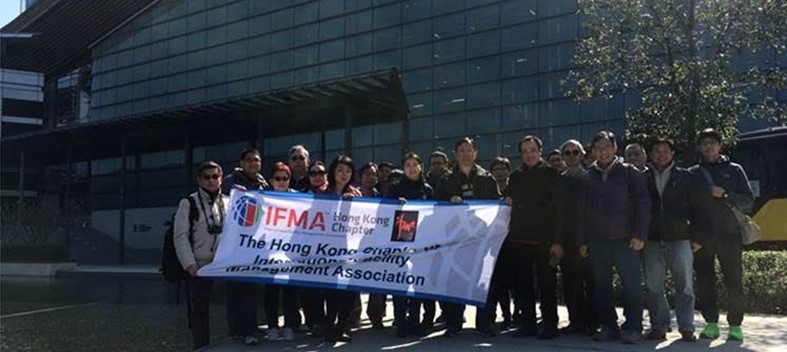

T-Park is Hong Kong’s first sludge treatment facility. It is also the world’s largest sludge incinerator. Hong Kong produces 1,200 tonnes of sludge every day. This amount is estimated to growth to 3,000 tonnes per day in 2030. Landfilling is no longer an effective solution. The Government promotes “waste-to-energy” for the good of the community, hence the idea of T-Park. “T” means “Transformation”. It reflects a vision to encourage positive change in people’s attitudes and behaviours towards waste management and resource recovery and recycling. T-Park is a self-sustained facility combines a variety of advanced technology with recreational, educational and ecological features in a single complex. It is a place to learn, relax, preserve and inspire.
T-Park was built in Year 2016. It collects sludge from all 11 water treatment works in Hong Kong, 70% via vessel and 30% via truck, operating 24x7. The operation is self-sufficient that there is no external supply of water and electricity. In T-Park, sewage is used as fuel. A proven and high-tech thermal technology known as fluidised bed incineration is adopted to treat the sludge through high efficient combustion. Sludge is burnt at the incinerator at 850 Degree Celsius for 2 seconds to control the formation of organic pollutants. Recovery of heat energy supports 3 spa pools and generates electricity, not only to support the daily operation of the entire facility but also produce surplus power for up to 2 megawatts to the public power grid that can be exported to power up 4,000 households. After incineration, sludge will be converted into ash and residues – a total reduction of 90% of the original sludge volume. This dramatically cuts down the quantity of waste to be disposed of in the landfills and reduces the emission of greenhouse gases by up to 237,000 tonnes a year through highly effective flue gas cleaning system to remove particulates and pollutants. The cleaned flue gas is constantly monitored by a Continuous Emission Monitoring System (CEMS) to ensure full compliance with stringent international emission standards. In a near future, inert ashes will be further converted into construction brick to fully recover the resource.
An on-site desalination plant is used to purify seawater drawing from the nearby Deep Bay to provide potable and process water, while rainwater is collected for non-potable use. The facility achieves “zero effluent discharge” through the deployment of a compact wastewater treatment system that allows all wastewater to be collected, treated and reused on-site for irrigation, flushing and cleansing purposes.
T-Park is more than a sludge treatment facility. It stood out as an distinct complex. It was designed by the late, great French architect Claude Vasconi. Over 2,000 specialist from all over the world came to Hong Kong to join the project team to turn a pulverized fuel ash lagoon into a world class ‘waste-to-energy’ facility. It stands as a testament to the unwavering commitment to excellence. T·PARK’s innovative wave-form design and stunningly streamlined architecture distinguished an united ethos. It won the Merit Award in the New Building Category (Building Under Construction) from the Green Building Awards bestowed by the Hong Kong Green Building Council in 2012, DFA Design for Asia Awards in 2016, and Cross-Strait Architectural Design Awards in 2017. The building is open to general public providing learning and rejuvenating experience. Landscape areas include T-Garden, T-Roof, T-Sky, T-Habitat. Learning areas include T-Gallery, T-Theatre, T-Corner, T-Hall, T-Space. Recreation areas include T-Habitat, T-Spa, and T-Café.
Photo stream of the T-Park visit: https://www.flickr.com/photos/hk-ifma/albums/72157668483737339